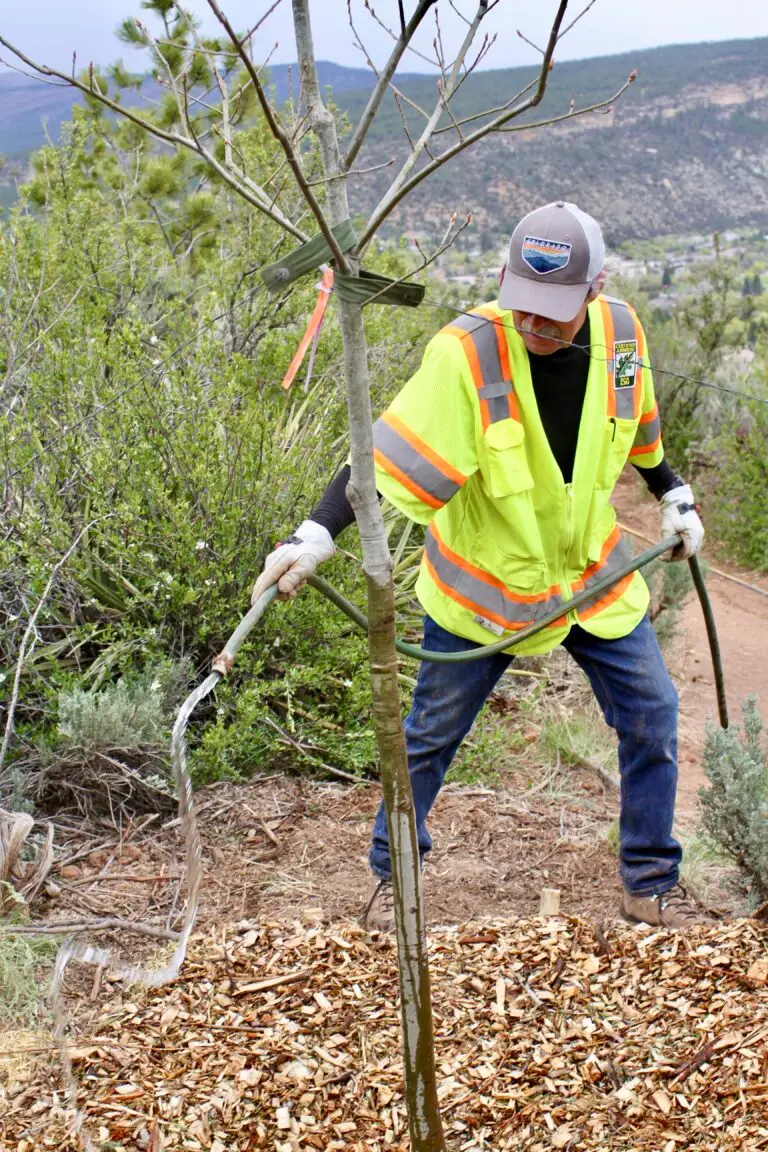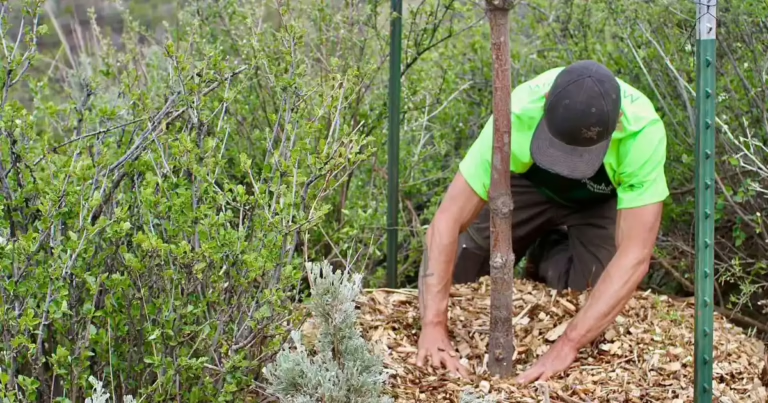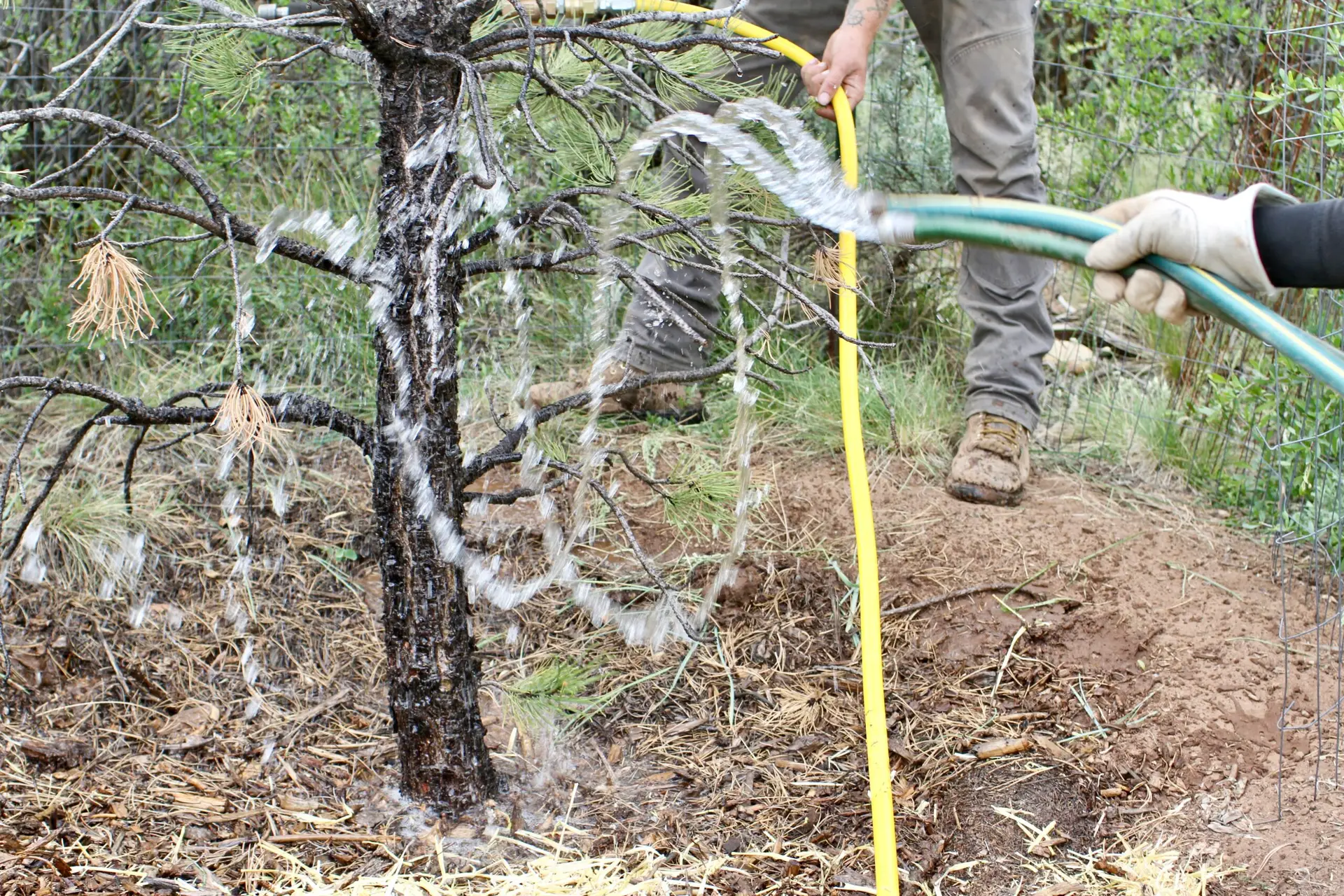How to Water Trees in the Southwest — A Year-Round Guide
In the Southwestern U.S., places like Durango, Colorado push many trees into constant survival mode. High elevation means thinner air and stronger UV rays, while bone-dry conditions and rapid temperature swings—from warm days to chilly nights and sudden cold fronts—make it hard for them to catch a break. Soil moisture vanishes quickly, so unless we water trees regularly and properly, they’ll struggle to stay green and growing.
General Tree Watering Guidelines
A good rule of thumb is to provide about 10 gallons of water per inch of trunk diameter. For example, a tree with a 2-inch trunk should receive roughly 20 gallons each watering session.
Watering needs, however, can vary depending on soil type. Sandy soils drain quickly and may require more frequent watering, while clay soils retain moisture longer and need less frequent attention.
To determine if your tree needs water, simply stick your finger into the soil. If it feels dry, it’s time to water. When you do, water deeply and slowly to encourage strong, deep root growth.
How to Water Trees Through the Seasons

Spring and Summer
Keep an eye on rainfall and temperature. When it’s dry, water more often. During hot spells, increase the amount—up to 3 times your usual!
Fall
Continue watering until the ground freezes to help trees store moisture for winter.
Winter
Frozen ground makes it tough for moisture to reach tree roots—especially snow, which won’t hydrate anything until it melts. On warmer days, when temperatures are above 40°F and the soil isn’t frozen, take the opportunity to water your trees and help prevent winter dehydration.
The Nitty-Gritty

Newly Planted Trees
Baby trees require more frequent watering as they establish roots. Monitor soil moisture daily.
Mulching
Mulch matters for many reasons—it helps retain moisture, regulate soil temperature, suppress weeds, and more. Apply a 2- to 4-inch layer of organic mulch around the base of the tree, keeping it a few inches away from the trunk. Avoid piling mulch directly against the trunk, as this can lead to rot.
Avoid Overwatering
Always check the soil before watering. Stick your finger a few inches into the ground—if it still feels moist, hold off. Also, ensure the area drains well. To test drainage, dig a small hole, fill it with water, and observe how quickly it drains. If it takes more than a few hours, your soil may have drainage issues. Poor drainage can lead to soggy roots and root rot.
For help diagnosing and solving soil issues, schedule a consultation with a Certified Arborist.

In the Southwest, your trees are counting on you. Keep the water coming!



